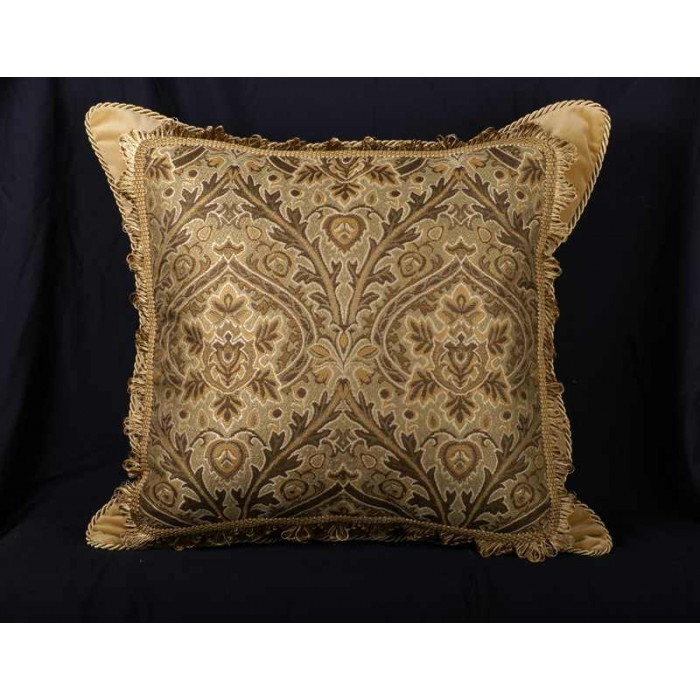
(His favorite chintz pattern was Lee Jofa’s Floral Bouquet, of which he had a suit made for parties.) Credited with bringing the English country house style to the US, the New York designer was hailed for decades as The Prince of Chintz. Notably, the late, great AD100 interior decorator Mario Buatta used chintz as a signature element of his unique take on English country elegance. Vernon contain floral chintz wallpaper and bedskirts), chintz remains a celebrated and interesting decor choice, as designers are still finding new ways to manipulate and incorporate it into interiors. Though not a new trend (even a few of the historic rooms at Mt. Shade Degges What does chintz look like? Who uses chintz? These days, the term calico refers to a specific type of unglazed, coarse, plain-woven white fabric made from unbleached, half-processed cotton fibers (much like what we call muslin in the US).Ĭurtains of a vintage Mario Buatta chintz found on eBay dress up Ariel Ashe’s laundry room. In other words, chintz is a type of printed calico (but not all chintz is made from calico). These more decadent, decorative calico textiles eventually became known in English as chintz. In the 1600s, Indian artisans began trading elaborately printed, painted, and glazed calicos featuring flowers, birds, and other natural motifs.

Though sometimes used interchangeably to describe colorful cotton fabrics, chintz and calico are not synonyms. Calico originally referred to the cotton cloth bought and sold in Calicut, a port city on India’s Coromandel Coast. What is the difference between chintz and calico? Now, most English speakers use the term chintz to describe cloth, upholstery, wallpapers, and garments featuring intricate floral patterns and heavy glazing. Why is it called chintz?Ĭhintz comes from the Hindi word chint, which means “speckled,” “variegated,” “spotted,” or “sprayed.” Though the term originally referred only to printed cotton fabrics treated in a particular way, it later expanded to represent a broader range. What makes a cotton fabric “chintz” is the fact that the cotton has been treated with mordants and resists-substances designed to help natural dyes adhere to the cotton. Though many think it’s the pattern or sheen that determines whether a fabric is chintz, that’s not exactly the case. Chintz doesn’t necessarily have to be glazed, though many chintzes are. Originally, the term chintz referred to the complex, colored patterns printed on the treated cotton fabric, many of which were carefully (tediously) created by hand in one of two ways: using wooden blocks like stamps or via the natural, albeit complicated, 23-step dying process called kalamkari. Celebrated for its vibrancy, intricacy, and resilience, traditional Indian chintz was used to make palampores-light, airy cotton bed coverings-tent panels, and other items featuring botanical or pastoral imagery (including still popular design motifs like the ubiquitous Tree of Life). What is chintz?Ĭhintz is a cotton textile that emerged from India in the 16th century, featuring colorful, woodblock-printed, painted, glazed, or stained designs, typically on a pale or plain white cotton background. But what, exactly, is chintz? There’s more to the celebrated fabric than meets the eye.

For others, chintz suggests a sophisticated, old-world nod to the intricacies of British living-a symbol of classic English country homes. The eye-catching East Asian textiles, which originated in India and were prized by Europe’s elite classes for centuries, continue to mesmerize and polarize the world today with their intense, floral designs.įor some, the term chintz conjures images of overtly feminine, grandmillennial interiors-explosions of busily patterned floral fabric overtaking bed covers, curtains, and walls. You’ve probably encountered the multicolored, lively cotton fabrics known as chintz at some point, and your response likely veered toward one of two very different feelings.


 0 kommentar(er)
0 kommentar(er)
